With compact homes more popular than ever before, home designers are using every scrap of ingenuity they have to create the illusion of more space. While small rooms are cosy, they can soon start to feel confined and cramped—which is why, when you are decorating a small room, you should pull out every trick in the book!
Here are some tips by Dipti Das, AVP, Design, HomeLane to help you make the most of your space.
Paint the walls white, with a soft lustre
The colour white opens up and visually expands your spaces. Opt for white paint with a slight sheen so that any light coming in reflects and bounces off the walls. If the flooring is also white, the illusion of openness is further enhanced, and you can create a real feeling of more space and volume. Don’t like too much white? Accessorize with pops of colour.
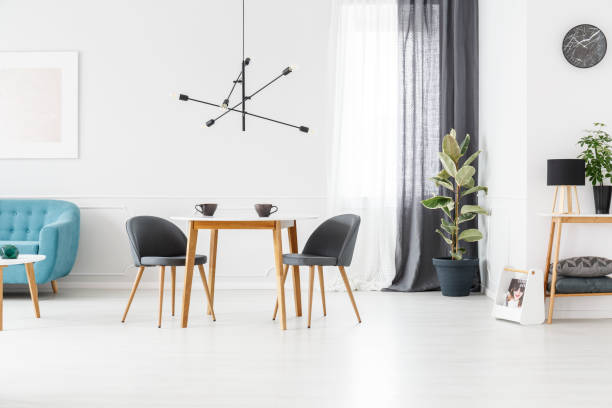
Use light coloured wood
By strategically using light coloured wood in your furniture, floors and décor accents, you can elevate your small interior to appear spacious. The lighter the colours you use in your room, the brighter and better your décor will feel. If you are going for wooden flooring, use broad floorboards rather than narrow ones to create a perception of increased size.
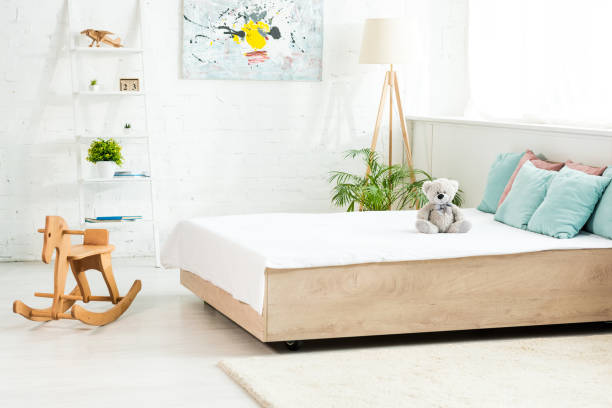
Go Scandinavian
Scandinavian decor is all about utilitarian furniture with clean lines and furnishings that are beautiful. This design style uses muted colours, a lot of light wood and open spaces—all factors that contribute to emphasising spaces and making them appear bigger than they are!
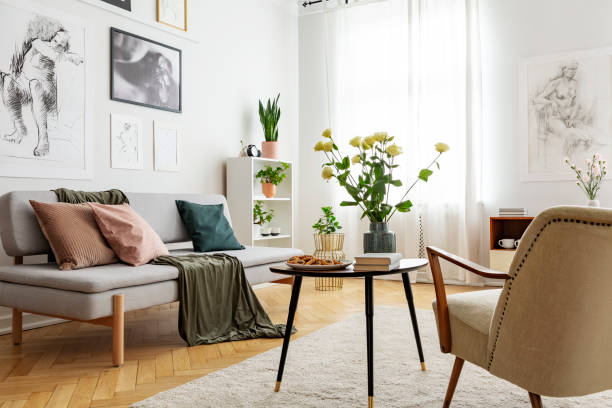
Note how the spindle legs on the furniture make it look less bulky, as opposed to seating which has a heavy footprint and eats up floor space.
Try a minimalistic theme
The minimalistic design trend leans toward the less is more aesthetic, and its stripped-down functional approach epitomises simple living at its finest. Minimalism cultivates peace and expands our consciousness and perception of everything around us — even spaces. By celebrating the calmness in life, we can get aligned with life, the way it should be lived!

Invest in smart furniture
Smart, out-of-the-box thinking and an unconventional approach to furniture design can help transform your small spaces. Think in terms of loft beds with storage or a workspace below, beds that fold against the wall when not in use, or expandable tables that can be used for unexpected guests. Multifunctional furniture such as a sofa that can be pulled out into a bed at night also ticks all the right boxes freeing up floor space during the day so that your room doesn’t appear confined.
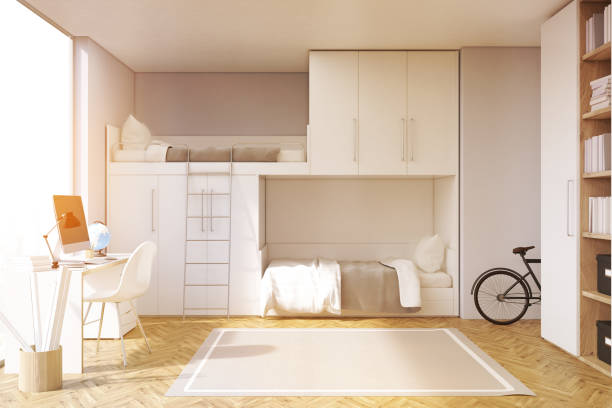
Opt for open shelves rather than closed cabinets
It’s a given that anything that provides visual continuity of space will appear larger than it is. Open shelves for storage, like in this living room below, don’t appear as bulky as a similar solid cabinet that has a wooden back and is closed. Here, the free flow is space is maintained, and this enhances our psychological perception of size.
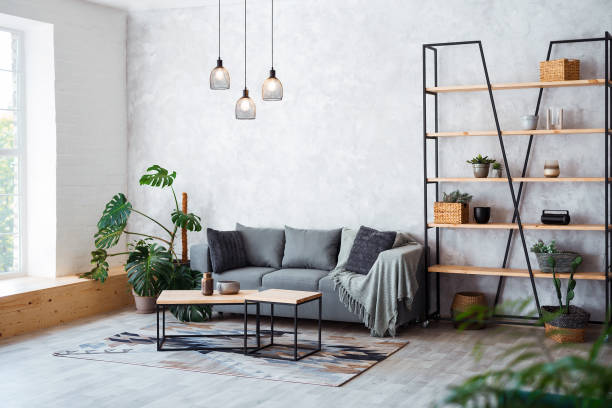
Run the curtains till the ceiling
Drapes that run to the top of the wall will make the ceiling appear to be higher than it is. Use sheer white or cream curtains that let the light through so that space does not feel confined. You can also draw the eye upwards by placing large artwork above eye level, which works to create the illusion of more volume.

Use mirrors
Probably one of the oldest tricks in the book is – mirrors never fail to double the perception of space. When placed next to a light source, they reflect light around the room and make it appear lighter and brighter. Use floor-to-ceiling mirrors in the wardrobe of a tiny bedroom to trick the eye into believing the room is twice its actual size!
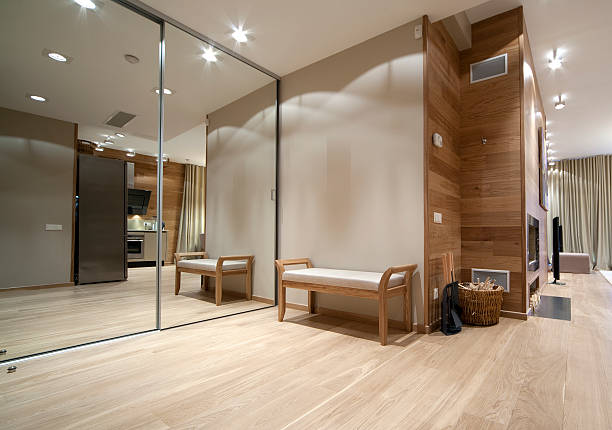
Play with stripes
Play around with stripes in the rugs and wallpaper to accentuate the feel of length or height. The eye is drawn towards the length of the stripes that create a visual illusion of more space. Long, horizontal furniture also has a similar effect.
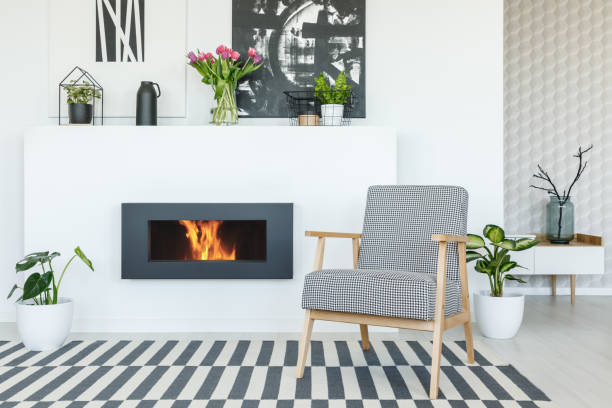
Opt for glass-topped tables
A glass-topped table takes up less visual space, as it does not block the view of the floor. Use as much glass as you can; in tables, cabinets and shelving—the transparency enhances visual continuity, which is much-needed in small spaces.
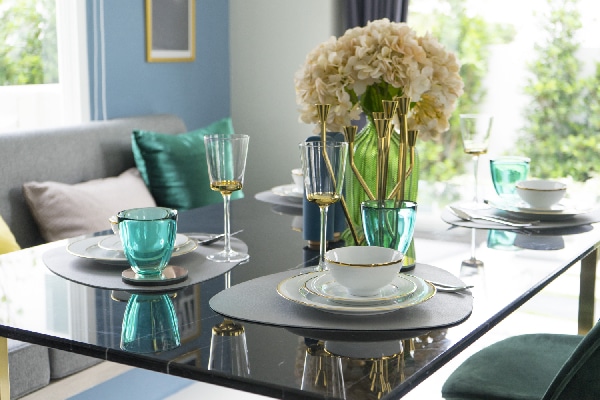
Create hidden storage
It’s imperative to optimise the storage space you have, as in a small room it’s probable that cabinet space is not enough. Create hidden storage wherever you can; below the staircase, behind pictures on the wall, under the bed, or below a window seat. Every inch is precious.
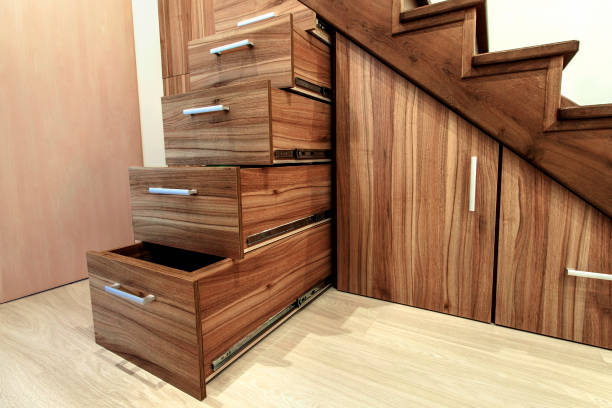
Get rid of the clutter, and organise
This one goes without saying. A cluttered space with too many décor elements looks even messier in a confined room. Wardrobes that are unorganised feel small and aren’t functional. Get rid of all the surplus, pare down to only the essential stuff, and organise what’s left.
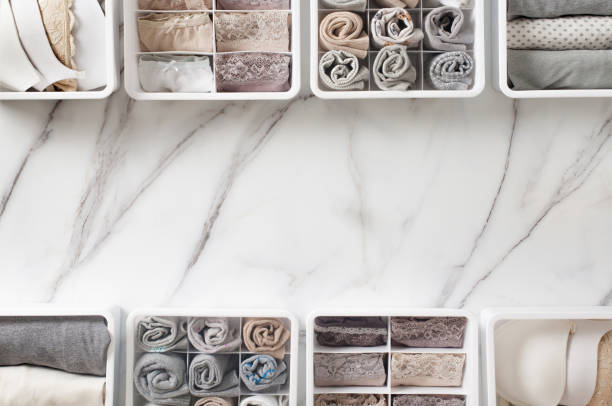
Try nested furniture
We highly recommend nested tables or stools for use when extra guests arrive. They are beautifully designed to slide into each other when not in use, and you need the extra floor space.
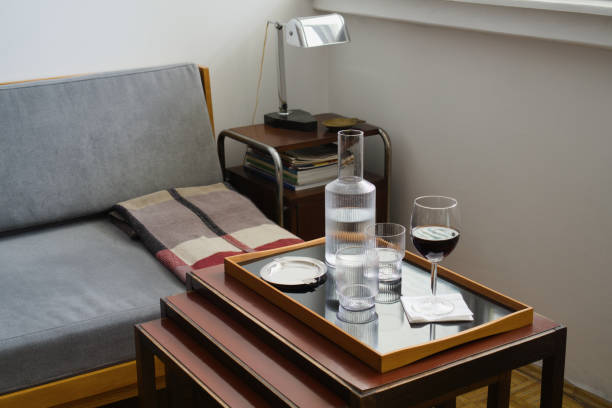
Use uplights or long pendant lights
Uplights draw attention upwards, detracting from the small size of the room. Use several light sources around the room, such as tall lamps with spindly legs, long narrow pendants and wall sconces that throw the light on the ceiling. Even if you lack square footage, by emphasising the verticality of the room, space appears less cramped.
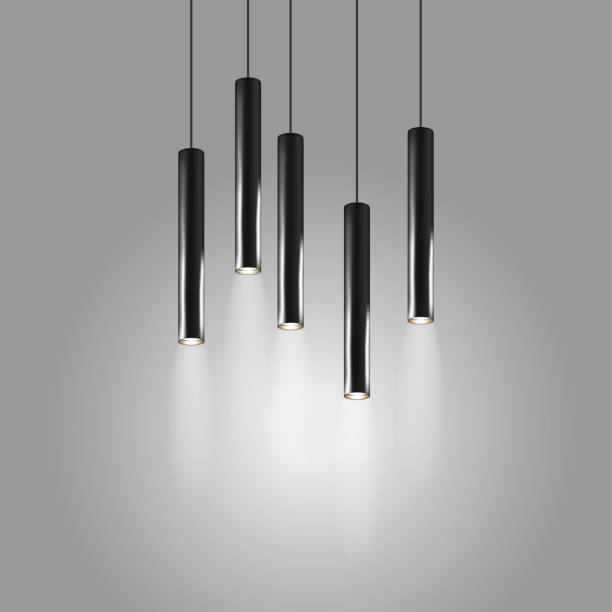
Leave walls bare, or hang just one large piece of art
Just one large piece of statement art will create a stunning effect, rather than several smaller pieces which will look cluttered and messy in a smaller space. Or you could just leave all the walls bare; that works too!
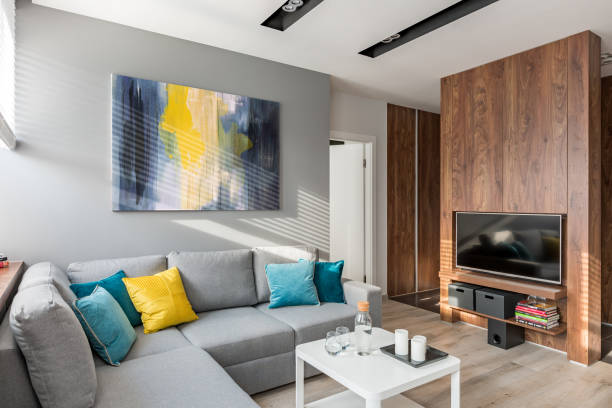
If your rooms are not large as you would like, there’s no reason why you cannot create the illusion of more space! These tips will help you maximise every square inch of space in your home without sacrificing style.

